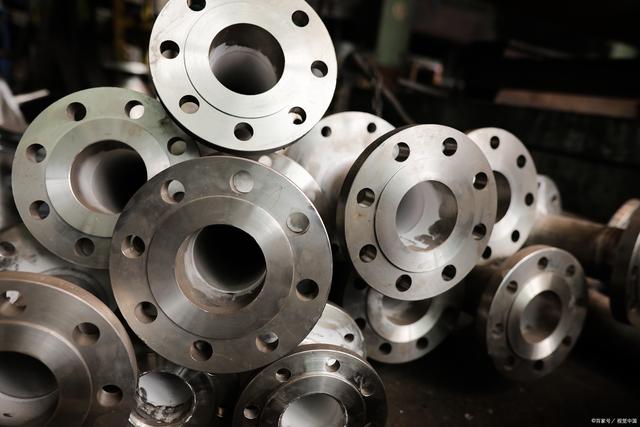Flat welding flanges are tightened flanges and welding flanges. Low-pressure small diameters are usually line contact flanges, high-pressure and low-pressure large diameters, usually use welding flanges, and the thickness and quantity and quantity of different pressure flanges and diameters are different. According to the pressure of the pressure, the flange gasket also has different materials, from low-pressure Quadden gaskets, high-pressure asbestos gaskets and PTFE gaskets to metal gaskets.
The main features of the flat welding flange connection are relatively easy to disassemble, very high strength, and very good sealing performance. When installing the flange, the two flanges need to be parallel, and the sealing surface of the flange cannot be damaged, but must be cleaned. The gasket used for the flange should be selected according to the design regulations. Flange connection is an important way to connect pipeline structures. Flange connection is very convenient and can withstand relatively large pressure.

Both welding flanges have a protrusion (RF), a concave and convex surface (MFM), a tie (TG) and a ring joint (RJ).
Material: Carbon steel: ASTM A105,20#, Q235,16Mn, ASTM A350 LF1, LF2CL1/C12, LF3 CL1/CL2, ASTM A694 F42, F46, F48, F50, F52, F56, F60, F65, F70;
Stain STEL: ASTM A182 F304,304L, F316,316L, 1CR18NI9TI, 0CR18NI9TI 321,18-8;
Alloy steel: ASTM A182F1, F5, F9, F11, F12, F22, F91, A182F12, A182F11, 16MNR, CR5MO, 12CR1MO1, 15CRMO, 12CR2MO1, A335P22, ST45.8/I;
Manufacturing standards: ANSI B16.5, HG20619-1997, GB/T9117.1-2000 - -GB/T9117.4-200, HG20597-1997.